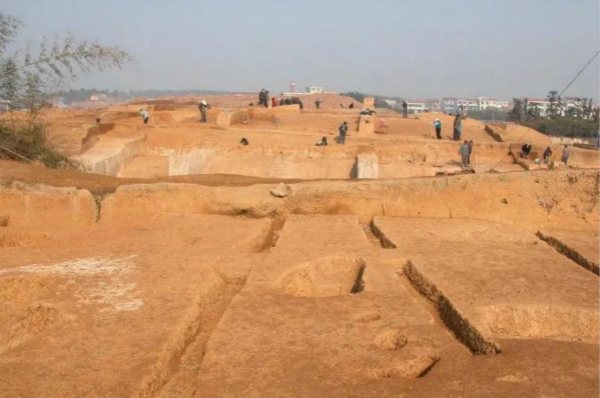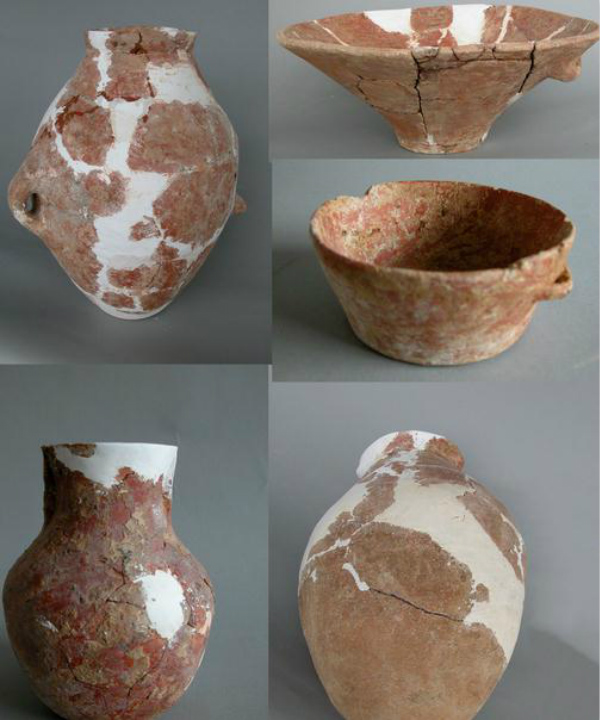Shaoxing Xiaohuangshan relics seek World Heritage status

The Xiaohuangshan site covers an area of over 100,000 square meters in Shengzhou, a county-level city in Shaoxing, Zhejiang province. [Photo/WeChat account: sxfabu]
The Xiaohuangshan relics in Shaoxing, East China's Zhejiang province, which were first excavated in 2005, will be included in the World Heritage application of a Neolithic culture known as Shangshan, local media reported on Nov 23.
The relics, which date back 8,000-10,000 years, rewrote the country's archaeological history, as they are much older than the province's Hemudu site, which was previously believed to be home to the earliest Neolithic culture in South China around 7,000 years ago.
Experts said the Xiaohuangshan site was home to a Neolithic culture known as Shangshan, which originated in the lower reaches of the Yangtze River, China's longest waterway.
From March 2005 to January 2007, over 2,000 pottery and stone relics were unearthed from ditches, graves, and residential ruins there.

Shangshan pottery unearthed at the Xiaohuangshan site in Shaoxing is on display. [Photo/WeChat account: sxfabu]
In March 2013, Xiaohuangshan was named a national heritage protection site by the State Council.
A total of 19 Shangshan sites have been unearthed in Zhejiang so far, with researchers even finding evidence of wild rice cultivation at one site.


 Shaoxing Showdowns
Shaoxing Showdowns Zhejiang: A Decade of Progress
Zhejiang: A Decade of Progress Shaoxing in expats' eyes
Shaoxing in expats' eyes